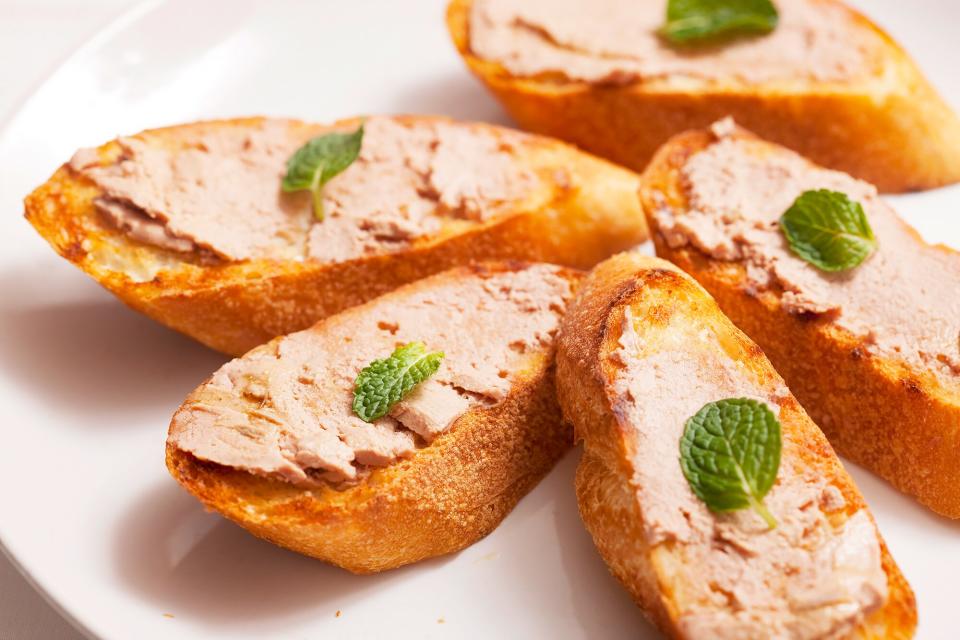Foie Gras Is Getting Harder to Find in France Due to Bird Flu
While humans have been dealing with a pandemic of their own, poultry hasn't fared much better. Earlier this year, the USDA confirmed a bird flu outbreak in the United States with global origins traced back to 2020. At the time of that announcement, the same H5N8 virus was also spreading in France, leading foie gras producers to call for a mass culling of ducks in an attempt to avoid an outbreak like the one that devastated the industry five years earlier.
But efforts to control the virus haven't been as effective as hoped, and now, France is reportedly facing a foie gras shortage.
The French Agriculture Ministry says the country has culled 16 million birds dating back to November and, as a result, foie gras production is expected to be cut by as much as half this year with about 80 percent of producers now dealing with bird flu nationwide, according to CNN. That also puts a dent in global supply with typically well over half of the world's foie gras production happening in France.
"This number [of culled birds] is unprecedented for France, which had never been exposed to a crisis of such scale," Marie-Pierre Pe, director of the French foie gras producers trade group CIFOG, told the news channel.
The issue is apparently already starting to trickle down to dining establishments like Le 1862, a one Michelin-star restaurant in Les Eyzies. "It's been a month since we started to have less foie gras, and then this week we got none," chef and owner Pascal Lombard told CNN.
This latest shortage comes at a time when the industry is already struggling: As Reuters pointed out in March, foie gras production will now have declined for the third straight year in France. "Our sector is going through a very severe crisis, maybe the worst ever," Eric Dumas, CIFOG's chairman said at the time.

Getty Images
French foie gras lovers will likely be encouraged to limit their intake when they do come across the delicacy. As Pe added, "There will certainly be small packaging sizes to make it easier to serve all the customers."
As for domestic supplies of foie gras, 98 percent of American production — about 500,000 ducks per year — comes from two farms in New York State: Hudson Valley Foie Gras (HVFG) and LaBelle Farms. And though bird flu is certainly an issue, the systems for producing foie gras do offer inherent protection.
"Here in the United States, while organic and pastured birds are a growing part of poultry farming, it's still not the primary housing practice," Marcus Henley, vice president of HVFG, explained to me. Whereas many French birds live outdoors, a mix of colder climate and environmental regulations means that the ducks used for foie gras in New York have to be housed indoors. Beyond preventing wild birds from interacting with the flock, the indoor facility also allows for a strict biosecurity protocol for workers that can hopefully keep avian flu from slipping in.
Still, the risk is still out there. When two geese tried nesting on a pond at the farm, HVFG were forced to actively shoo the pair away. "We're very scared," Henley told me.
And even then, another issue could lead to less foie gras at U.S. restaurants: foreign pressure. Currently, only around 20 percent of domestically-produced foie gras is exported, but as French supplies dwindle, other countries are looking for alternative sources. "There's pressure to fill the gap," Henley explains. "But we're putting American chefs first."

